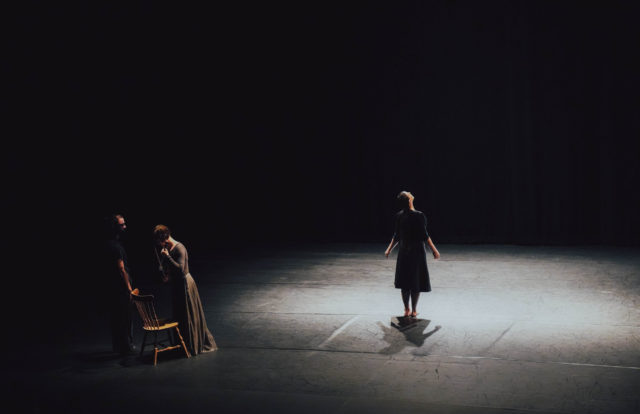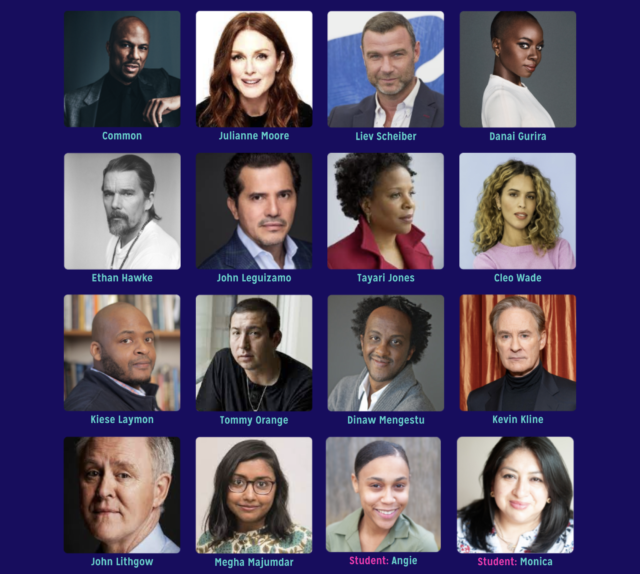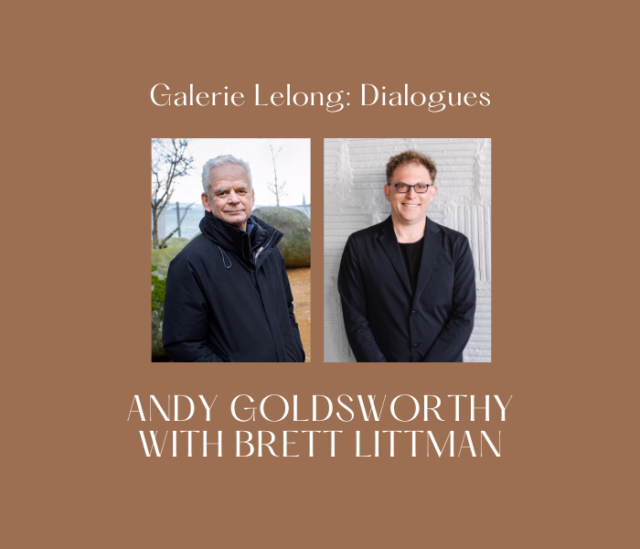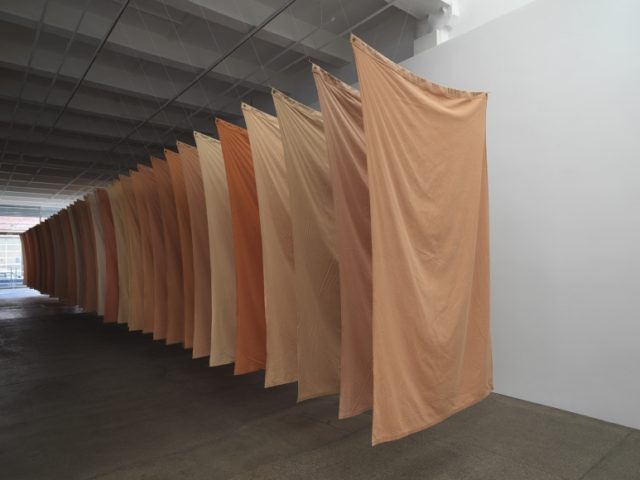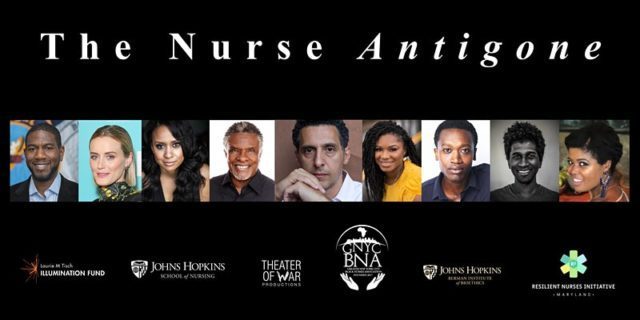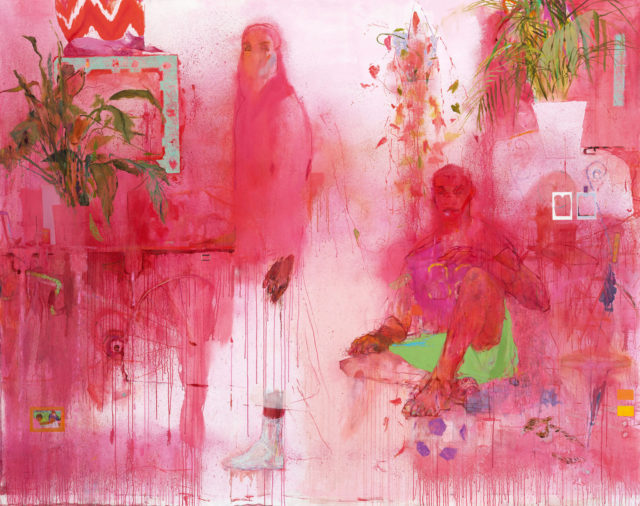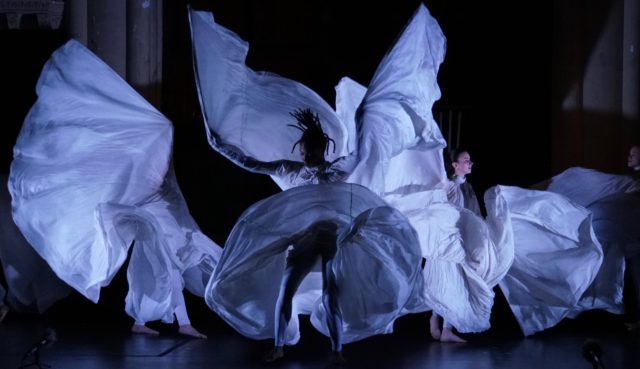
Wind Rose is part of special performance series by Jody Sperling/Time Lapse Dance (photo by Annie Drew)
Who: Jody Sperling/Time Lapse Dance
What: Climate-change-themed performance series
Where: The Theater at the 14th Street Y, 344 East Fourteenth St. between Second & Third Aves., and online
When: May 5-7, $10-$100
Why: New York–based choreographer, dancer, writer, and scholar Jody Sperling, the founding artistic director of Time Lapse Dance (TLD), continues her climate-change-themed collaboration with Alaskan-born composer, sound artist, and eco-acoustician Matthew Burtner with a series of live events May 5-7 at the Theater at the 14th Street Y. TLD will present four shows that investigate the relationship between the body and the environment, with dancers Frances Barker, Morgan Bontz, Carly Cerasuolo, Anika Hunter, Maki Kitahara, Sarah Tracy, Nicole Lemelin, and Sperling and live music by Burtner.
The bill, which marks the company’s return to live, indoor performance in front of an audience after having made numerous dance films during the pandemic, includes the stage premiere of Plastic Harvest, about plastic pollution, performed by dancers immersed in a world of plastic bags; 2019’s Wind Rose, a work about breath and atmosphere for five dancers in flowing white costumes and a soloist in black; 2015’s Ice Cycle, about the melting of the ice caps; and an excerpt from the processional American Elm. It all begins with a gala on May 5 at 7:00 featuring a full performance, an artist talk, and a benefit reception. On May 6 at 7:00, a full performance can be experienced in-person or livestreamed. There will be a family-friendly in-person program May 7 at 2:00, followed by an in-person-only finale at 7:00.
